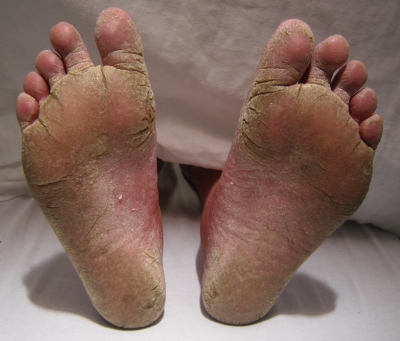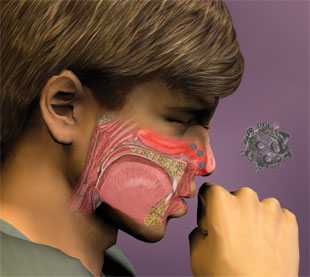
The Ice Bucket Challenge, sometimes called the ALS Ice Bucket Challenge, was an activity involving the pouring of a bucket of ice water over a person’s head, either by another person or self-administered, to promote awareness of the disease amyotrophic lateral sclerosis (ALS, also known as motor neuron disease and in the U.S. as Lou Gehrig’s disease) and encourage donations to research. The challenge was co-founded by Pat Quinn and Pete Frates; it went viral on social media during July–August 2014. In the U.S., many people participated for the ALS Association, and in the UK, many people participated for the Motor Neurone Disease Association, although some individuals opted to donate their money from the Ice Bucket Challenge to other organizations.
The Ice Bucket Challenge is a fun way to raise awareness and donations for a worthy cause. Most supporters are okay with the fact that the challenge is a trend. They understand that the campaign is harnessing the phenomenon of Internet virality and that, even if it only stays popular for a few weeks, the campaign will still have done some good.
Picture Credit : Google





